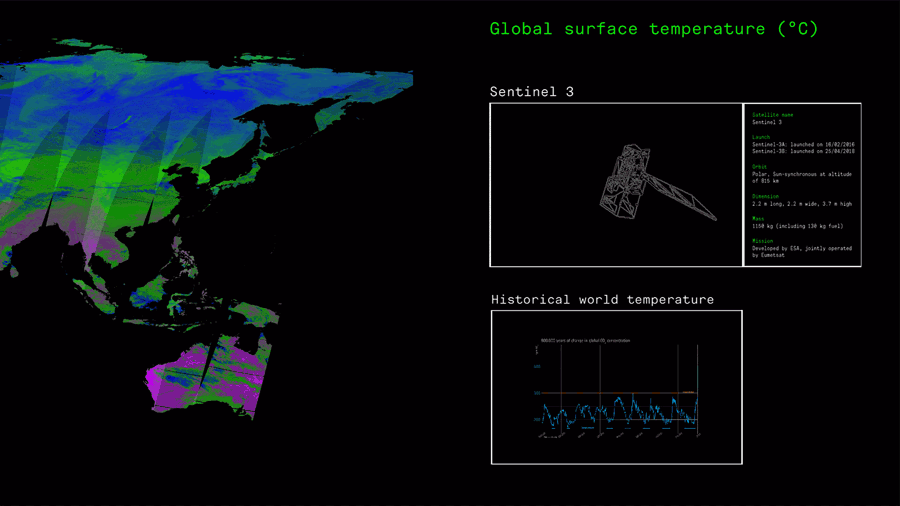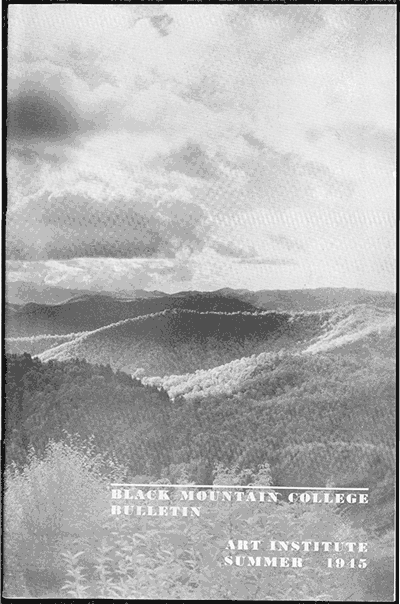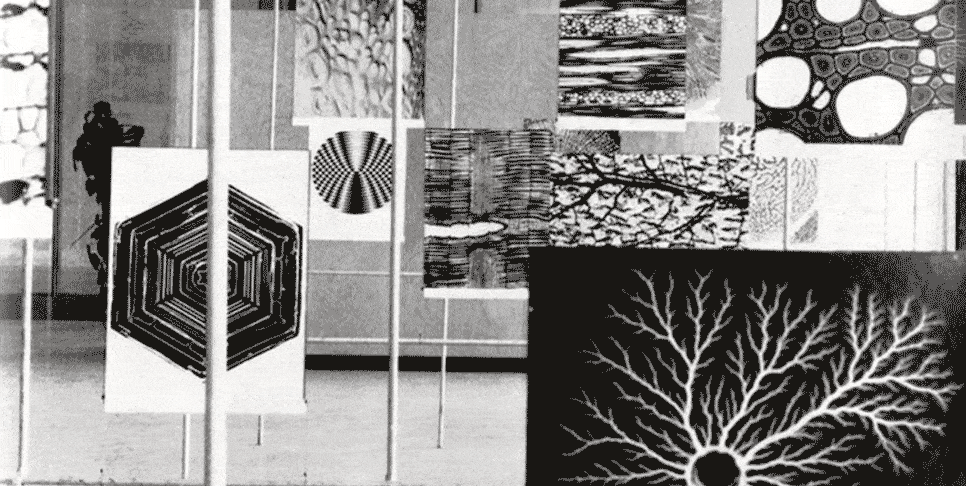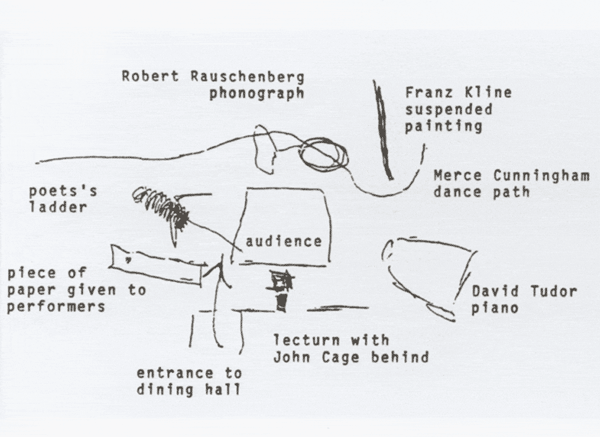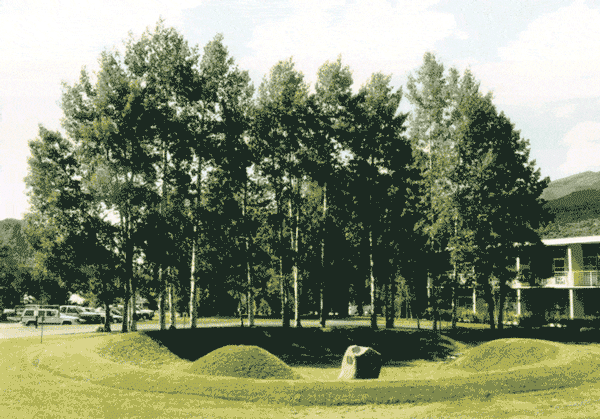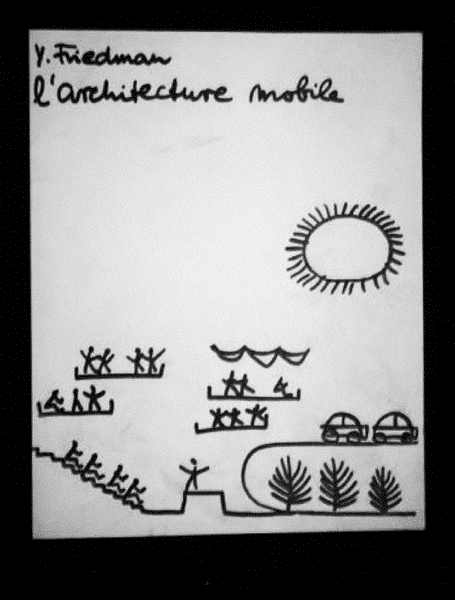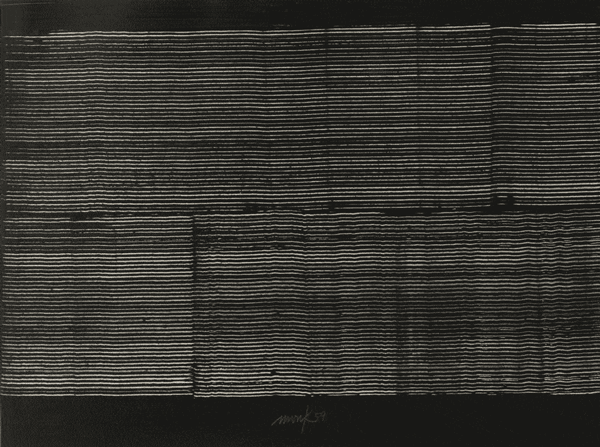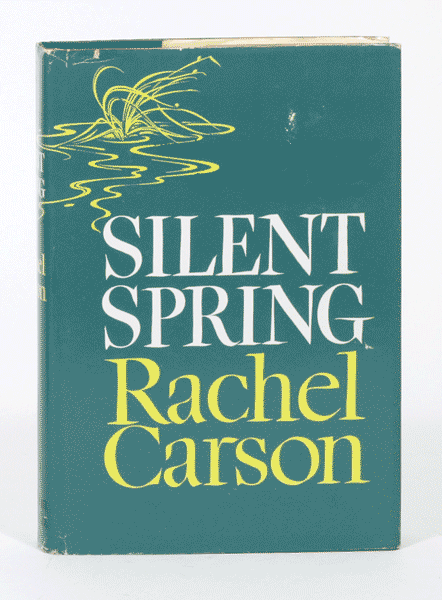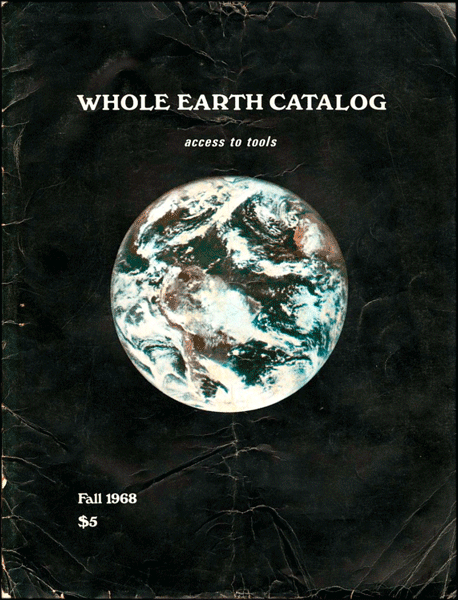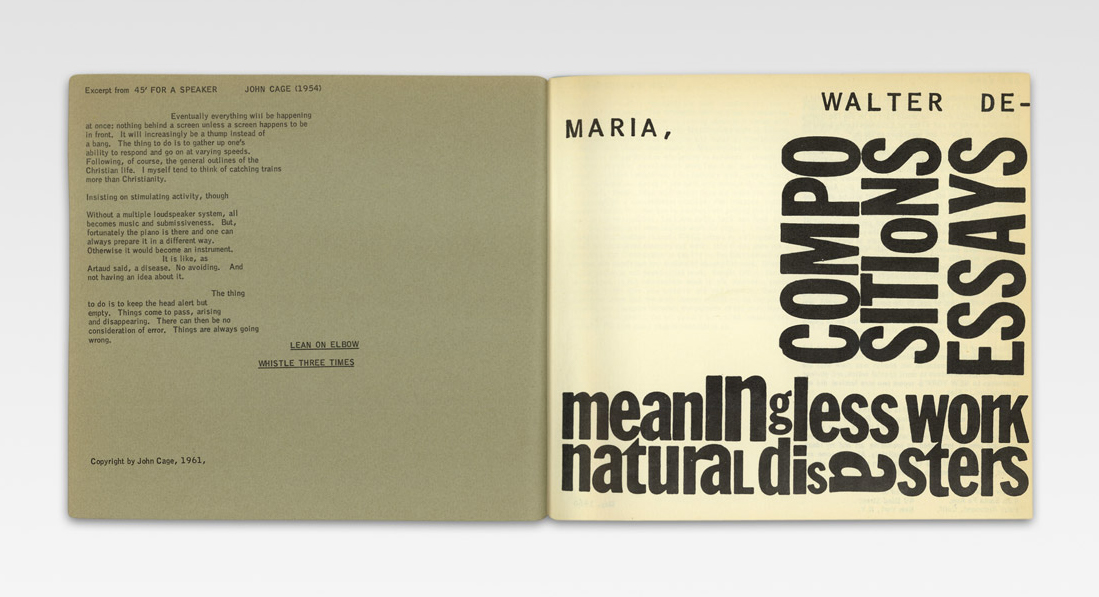
|
Spread from “An Anthology of Chance Operations, Concept Art, Anti-Art, Indeterminacy, Improvisation, Meaningless Work, Natural Disaster, Plans of Action, Mathematics, Poetry, Essay”, published by Heiner Friedrich, New York, edited by La Monte Young and Jackson Mac Low, and designed by George Maciunas. A first edition in 1962, and second one in 1971. More images here. |
|

On the Importance of Natural Disasters
Walter De Maria
Echoing the “Groundworks” timeline: 1960
I think natural disasters have been looked upon in the wrong way.
Newspapers always say they are bad. a shame.
I like natural disasters and I think that they may be the highest form of art possible to experience.
For one thing they are impersonal.
I don't think art can stand up to nature.
Put the best object you know next to the grand canyon, niagra falls, the red woods.
The big things always win.
Now just think of a flood, forest fire, tornado, earthquake, Typhoon, sand storm.
Think of the breaking of the Ice jams. Crunch.
If all of the people who go to museums could just feel an earthquake.
Not to mention the sky and the ocean.
But it is in the unpredictable disasters that the highest forms are realized.
They are rare and we should be thankful for them.
Walter De Maria — “On the Importance of Natural Disasters”, 1960,
in Theories and Documents of Contemporary Art,
eds. Kristine Stiles and Peter Selz, Berkeley: University of California Press, 1996, 527.
|
In 1960, Walter De Maria moved to New York, where he wrote conceptual pieces on art, which were published in 1963 La Monte Young and Jackson Mac Low in “An Anthology of Chance Operations”, and took part in multimedia presentations he termed “Theater Pieces”. By the late 1960s, De Maria had started to conceive of the earth itself as a site and medium for artworks of immense scale, free of the limits of gallery or museum. In 1968 he made “Mile Long Drawing”, two parallel half-mile-long chalk lines in the Mojave Desert, spaced twelve feet apart, and Lightning Field in 1977, 400 polished stainless-steel poles installed in a grid array measuring one mile by one kilometre in the high desert of New Mexico.
|
“maat Explorations” is an ongoing programme that delves into the socio-cultural and environmental transformations stemming from the current bio crisis and ecological destruction. It provides an insight into the hard science of climate intervention and the creative speculations behind innovation-led research to safeguard our planetary co-existence. Prominent in this strand is the installation Earth Bits – Sensing the Planetary, that opens access to the complex interconnectedness between the environmental and the energetic quests and its reverberation through decades of artistic production, political and cultural movements traced from the 1960s until today. On maat ext., a series of #groundworks hashtags introduce the critical explorations that feed into the complex interconnectivity between the environmental and energetic quests, and its reverberation through decades of artistic production, political and cultural movements traced from the 1960s until today.
|


